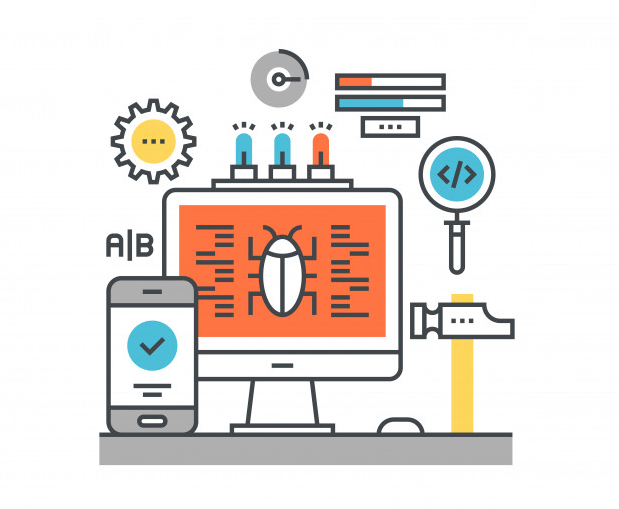QA in Software Testing

In the past, quality assurance testing has generally been brought into process relatively late in the development cycle. For example, in Waterfall, the software is produced and passed along to the QA team, who offer feedback, then send the software back to development so they can fix the problems.
In an Agile environment, everyone, including the Quality Assurance Team, works collaboratively to make improvements on an ongoing basis. Yet, as developers, operators, and testers embrace a shared responsibility for making sure they deliver a high-quality end product, QA often struggles to find its place.
Automated software testing adds another layer of complexity to the mix, which brings up an important question: what is quality assurance (QA) testing and how does it fit into today’s fast-paced development process?
What Is Quality Assurance Testing?
The simplist answer to the the question what is quality assurance testing? is quality assurance, or QA, is a quality testing process that ensures that an organization delivers the best products or services possible.
QA aims to deliver consistent results through a set of standardized procedures, which means that organizations also need to make sure that their processes for achieving the desired results hit specific quality benchmarks themselves.
In brief, you might say that QA includes all activities that center around implementing standards and procedures associated with ensuring that software meets a certain set of requirements before it’s released to the public.
The key thing to keep in mind is that QA doesn’t involve the actual testing of products. Instead, it focuses on the procedures to ensure the best outcome. QA activities are ultimately process oriented.
The Role of QA in Software Testing

Most companies aim to deliver the best possible product to the end consumer. However, customer-centricity often gets pushed aside in an effort to keep pace with market demands and ship the latest features as quickly as possible.
When software is created, the hope is to have seamless development, design, distribution, and delivery. But, as we all know, that rarely happens.
Think about your own experience. You’ve probably encountered a surprise software bug, unexpected downtime, or some other problem more times than you can count while trying to complete a task.
Or, perhaps you’ve been frustrated by a software solution that is difficult to use, doesn’t work as expected, or is just plain slow.
QA’s process tends to look something like this
- Generating requirements
- Making estimations
- Developing a plan
- Documentation
- Day-to-day sprint execution
- Defining what needs to happen before a product is considered “finished.”
- Testing
